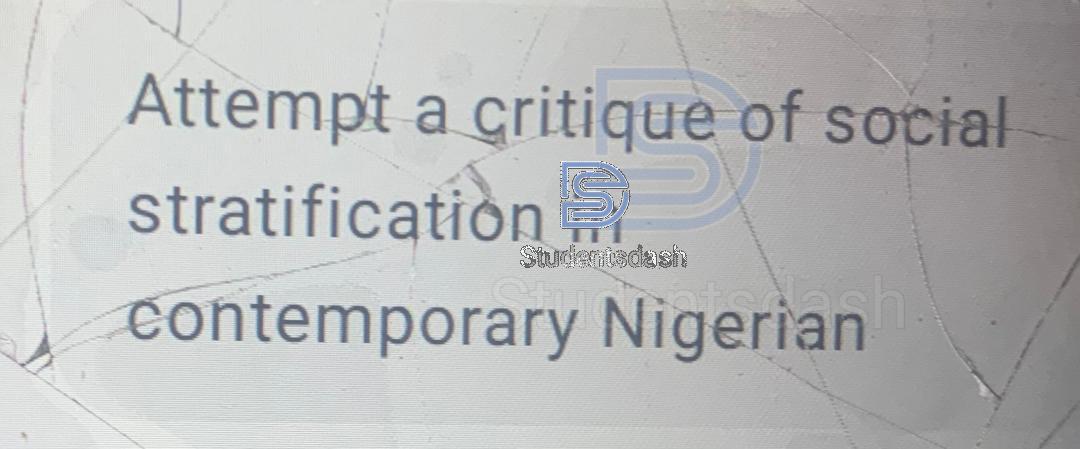BED 121
Discuss the following theories of management :
1.scientific theory
2.system management theory
3.contingency theory
ANSWERS
Below is a comprehensive discussion of the three management theories:
1. Scientific Management Theory
Overview:
Originating in the early 20th century with Frederick Winslow Taylor, scientific management focuses on improving efficiency and productivity by applying scientific methods to work processes.
Key Elements:
• Time and Motion Studies:
Tasks are broken down into their simplest elements to determine the most efficient ways to perform them.
• Standardization:
Best practices are identified and standardized so that every worker performs tasks in the optimal manner.
• Division of Labor:
Clear distinctions exist between planning (by management) and execution (by workers), ensuring specialized roles.
• Performance Incentives:
Productivity is encouraged through compensation methods such as piece-rate pay or bonuses based on output.
Implications and Criticisms:
• Efficiency:
Scientific management can lead to significant gains in productivity and reduced waste.
• Worker Experience:
Critics argue that the approach may dehumanize workers by reducing their roles to repetitive, mechanistic tasks, thereby impacting job satisfaction and creativity.
2. Systems Management Theory
Overview:
Systems management theory, or systems theory, views an organization as a complex, interrelated whole rather than a collection of isolated parts. This theory emphasizes the importance of interactions among various components of an organization and between the organization and its environment.
Key Elements:
• Holistic View:
An organization is seen as a unified system where every department or unit is interconnected.
• Interdependence:
Changes in one part of the organization can have ripple effects throughout the entire system.
• Input-Process-Output Model:
Organizations take in inputs (such as resources and information), process them, and produce outputs (products or services) with feedback loops used to adjust and improve performance.
• Environmental Interaction:
Recognizes that external factors—like market trends, technology, and regulation—affect internal processes and must be accounted for in decision-making.
Implications:
• Integrated Decision-Making:
Managers are encouraged to consider how changes in one area affect the entire organization.
• Coordination and Communication:
Promotes collaboration across departments to address organizational challenges effectively.
• Complexity:
While offering a comprehensive perspective, managing the complexity of interactions can be challenging, especially in large organizations.
3. Contingency Theory
Overview:
Contingency theory emerged as a response to the idea that there is a “one best way” to manage. Instead, it argues that the most effective management approach depends on the specific circumstances or context of the organization.
Key Elements:
• Situational Dependence:
The best management practices vary based on factors such as organizational size, technology, culture, and the external environment.
• Flexibility:
Leaders must adapt their styles and strategies to the demands of the particular situation rather than adhering to a fixed method.
• No Universal Best Practice:
Management strategies are not universally applicable; what works in one context may not work in another.
Implications:
• Tailored Strategies:
Managers need to diagnose the unique needs of their situation and then apply the appropriate management style or structure.
• Adaptive Leadership:
Emphasizes the importance of being flexible and responsive to changing conditions.
• Complex Decision-Making:
The need to continually assess and adjust management practices can complicate the decision-making process.
Conclusion
Modern management practices often blend elements from all three theories. Scientific management contributes methods for improving efficiency and standardizing work, systems management offers a framework for understanding the interconnected nature of organizational components, and contingency theory provides guidance on adapting management practices to specific contexts. Together, these theories help managers balance efficiency, holistic understanding, and adaptability in today’s dynamic business environment.

